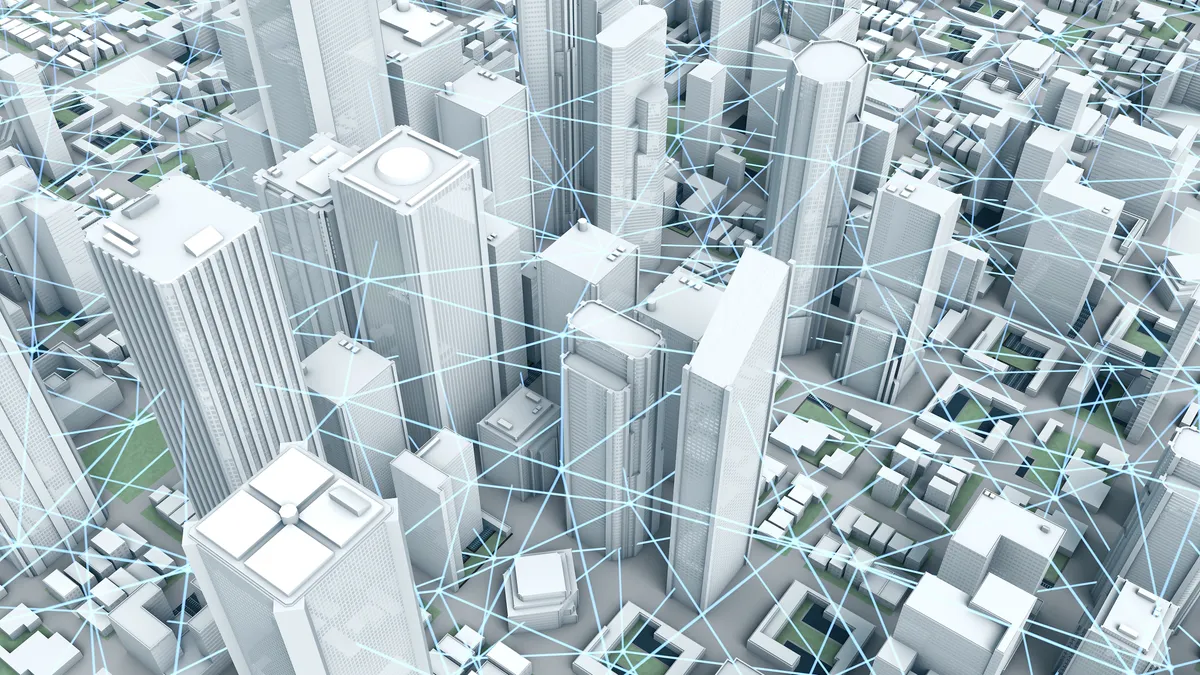Dive Brief:
- The Federal Communications Commission (FCC) announced Salt Lake City and New York City as its first two "innovation zones" to test advanced wireless communications technology.
- The designation coincides with two Platforms for Advanced Research (PAWR) testbeds in these locations, previously announced by the National Science Foundation (NSF) to test wireless and broadband technology in a real world setting. The innovation zone will allow participants to conduct non-related experiments under a single authorization within the testbed sites, providing they comply with FCC guidelines.
- The projects will explore "new advanced technologies and prototype networks like those that can support 5G technologies," FCC Chairman Ajit Pai said in a statement.
Dive Insight:
The two PAWR sites are meant to push the boundaries of wireless technology and find new applications that couldn’t be tested in the laboratory.
The New York site, known as COSMOS (Cloud Enhanced Open Software Defined Mobile Wireless Testbed for City-Scale Deployment), is focused on wireless and cloud-based communications in a dense urban area in West Harlem. The Salt Lake City project, POWDER (A Platform for Open Wireless Data-driven Experimental Research with Massive MIMO Capabilities), is exploring "dynamic spectrum sharing and advanced wireless antenna technologies," according to NSF.
A third PAWR site in North Carolina's Research Triangle focused on unmanned aerial systems was announced this week, and NSF has put out a call for proposals for a fourth site that will explore rural broadband.
The PAWR zones have already been able to conduct experiments within select spectrum bands, but the "innovation zone" designation opens up a wider geographic area and more frequencies under a single license award. The move "adds flexibility to go beyond some of the experimentation that goes on in a laboratory," Joe Kochan, principal investigator and project director for the PAWR Project Office, told Smart Cities Dive.
Advanced wireless networks and 5G will be able to support an array of smart city innovations, from smart grid technology to internet of things (IoT) sensors to connected vehicles. These test sites will ensure that those applications can be properly tested to make sure they are sustainable, safe and will be able to function on wireless networks without causing significant disruption.











